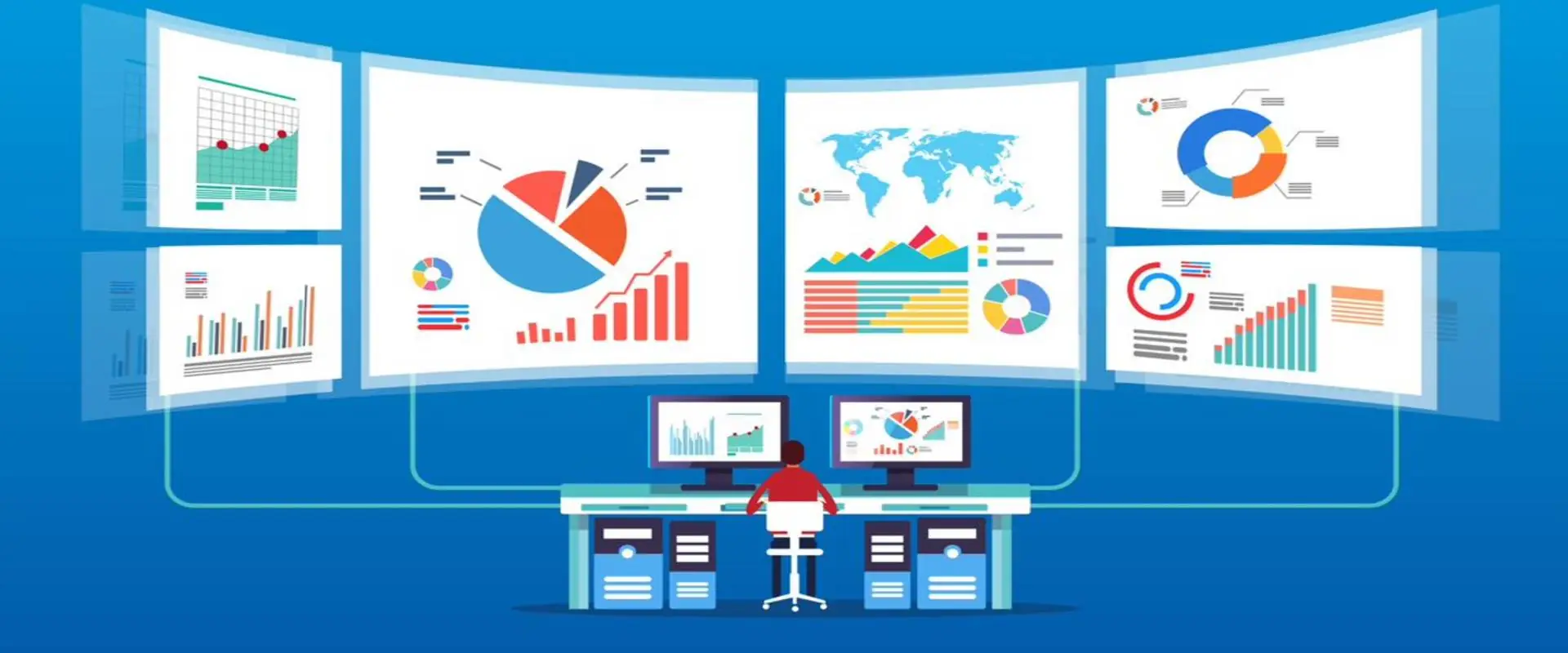In the food and beverage (F&B) industry, staying ahead of the curve is crucial for success. One key strategy that experts rely on to make informed decisions is competitive intelligence (CI). CI involves gathering and analyzing data about competitors to gain insights that can drive strategic business decisions. This approach has proven indispensable for companies seeking to innovate, expand market share, and maintain a competitive edge. In this blog, we will explore how experts in the F&B industry leverage competitive intelligence solutions to make unparalleled strategic decisions.
Understanding Competitors in the F&B Industry
To develop effective competitive intelligence (CI) in the food and beverage (F&B) industry, it’s crucial to understand your competitors thoroughly. This involves:
- Understanding what drives competitors, such as expanding market share, launching new products, or improving supply chain efficiency. Identifying their strategic priorities helps in anticipating their next moves.
- Recognizing how a competitor’s culture and leadership influence their decision-making processes. For example, a company with a strong focus on sustainability might prioritize eco-friendly packaging.
- Identifying what competitors believe are their strengths and weaknesses, as well as the opportunities and threats they perceive in the market. This can reveal potential gaps or areas where your company can outperform them.
Recognizing Competitors
In the F&B industry, competitors can be categorized based on their market focus:
Primary Competitors: Direct rivals offering similar products or services in the same target market. For instance, Coca-Cola and PepsiCo are primary competitors in the beverage market.
Secondary Competitors: Companies targeting a different market segment or offering slightly different products. An example might be a specialty food brand competing with mainstream brands in a niche segment.
Tertiary Competitors: Emerging companies or those indirectly influencing your market. This could include startups developing innovative food products or technologies.
Analyzing Competitor Actions
Analyzing how competitors act is vital for strategic planning in the F&B industry:
Strategy Alignment: Assessing how well competitors’ actions align with their stated goals. This helps identify gaps or opportunities where your company can outperform them. For example, if a competitor is focusing on organic products, you might identify an opportunity to expand your own organic offerings.
Capabilities and Resources: Understanding the strengths, partnerships, and resources competitors use to execute their strategies. Identifying weaknesses or incorrect assumptions can provide opportunities for your company. For instance, if a competitor relies heavily on a single supplier, you might explore diversifying your supply chain to mitigate risks.
Key Elements of a CI System in the F&B Industry
An effective CI system in the F&B industry includes several key elements:
-
Sector IntelligenceTracks large-scale economic shifts and changes within the food and beverage sector. This helps in understanding broader industry trends, such as the rise of plant-based diets or sustainability concerns.
-
Market IntelligenceIdentifies competitors' strengths and vulnerabilities, providing insights into their competitive strategies. This could involve analyzing competitors' product launches, pricing strategies, or marketing campaigns.
-
Innovation IntelligenceHelps understand changing consumer behavior and identify new market opportunities. For example, recognizing the growing demand for low-calorie beverages can inform product development.
-
Sales IntelligenceImproves sales tools and targets potential accounts by analyzing competitors' sales strategies. This might involve understanding how competitors approach customer relationships or handle objections.
-
Procurement and Supply Chain IntelligenceAssesses potential risks and makes better sourcing decisions by analyzing competitors' supply chain strategies. This is particularly important in managing food safety and compliance.
-
ESG IntelligenceFocuses on a company's environmental, social, and governance impact, ensuring compliance with regulations and maintaining a positive reputation. In the F&B industry, this could involve monitoring sustainability practices or ethical sourcing .
Implementing CI in the F&B Industry
Effective CI requires not just gathering and analyzing data but also implementing insights into actionable strategies:
Data Collection
Gathering relevant data through market research, customer feedback, and competitor analysis. This might involve monitoring social media, analyzing customer reviews, or conducting competitor profiling.
Analysis Frameworks
Using frameworks like SWOT and PESTLE to transform raw data into actionable insights. For example, a SWOT analysis can help identify opportunities for innovation or areas where competitors are vulnerable.
Strategic Alignment
Sharing insights across departments to ensure strategic alignment and informed decision-making. This involves integrating CI into product development, marketing, and sales strategies.
Proactive Strategies
Developing proactive strategies based on CI insights to outmaneuver competitors. This could involve launching new products, adjusting pricing, or enhancing customer service.
Continuous Monitoring
Regularly updating CI to adapt to changing market conditions and competitor strategies. This ensures that your business remains agile and responsive to evolving consumer preferences and competitor actions.
Impact of CI on Strategic Decision-Making
The impact of CI on strategic decision-making in the F&B industry cannot be overstated. By providing actionable insights into competitor strategies and market trends, CI enables firms to make informed decisions faster and with greater confidence. This is particularly important in an industry where consumer preferences can shift rapidly due to factors like health trends, sustainability concerns, or economic conditions.
Studies have shown that companies using CI are more likely to achieve higher levels of innovation and competitiveness. For example, a company might use CI to identify emerging trends in plant-based diets and decide to invest in developing vegan products, thereby capturing a growing market segment before competitors do.
Moreover, CI helps firms anticipate potential threats and opportunities. By monitoring competitors’ supply chain strategies, for instance, a company can prepare for potential disruptions or identify opportunities to form strategic partnerships that enhance its own supply chain resilience.
Conclusion
In conclusion, competitive intelligence plays a pivotal role in enabling experts in the F&B industry to make unparalleled strategic decisions. By leveraging CI solutions, companies can navigate the complex landscape of consumer preferences, competitor strategies, and market trends with greater agility and foresight. Whether it’s informing product development, guiding marketing campaigns, or enhancing operational efficiency, CI is indispensable for maintaining a competitive edge in this dynamic industry.
As the F&B sector continues to evolve, driven by technological advancements, sustainability concerns, and shifting consumer behaviors, the importance of CI will only grow. By embracing CI as a core component of their strategic toolkit, businesses can drive innovation, growth, and sustainable competitiveness in the years to come. Whether you’re a seasoned industry leader or an emerging player, integrating CI into your decision-making process can be the key to unlocking unparalleled success in the F&B industry.
Related Articles
- How We Drove 29% Profit Growth and Record Sales for a Pharmaceutical Company Through Pharma Market Intelligence
- How We Helped a Leading Online Game Developer Navigate and Capitalize on the Growing Virtual Goods Market
- Market Segmentation Helps a Leading Transportation and Logistics Industry Client Refine Their Marketing Strategies



